Sustainable Kid’s Fashion: Dressing Up For a Better Future
Introduction to Sustainable Kids Fashion
Sustainable fashion has become increasingly important with growing awareness of environmental impacts, especially when it comes to children’s clothing. Young skin is sensitive, and apparel directly affects not just the wearers but also the planet they will inherit. Fortunately, brands like HuxBaby are leading the charge in creating charming, trendy apparel that prioritises ecological mindfulness. More than anything, other than great-looking clothes, it’s one surefire way to leave a healthier planet for future generations. The concept goes beyond the clothes themselves to the production processes in order to save resources and reduce carbon footprints.
The rapid nature of fashion production cycles places incredible stress on natural resources, and it is an immensely polluting industry. As families become more aware of this, sustainable options become a highly desirable choice. In embracing eco-friendly kids’ fashion, one makes a stand against this trend in ways that will allow for a cleaner, greener world.
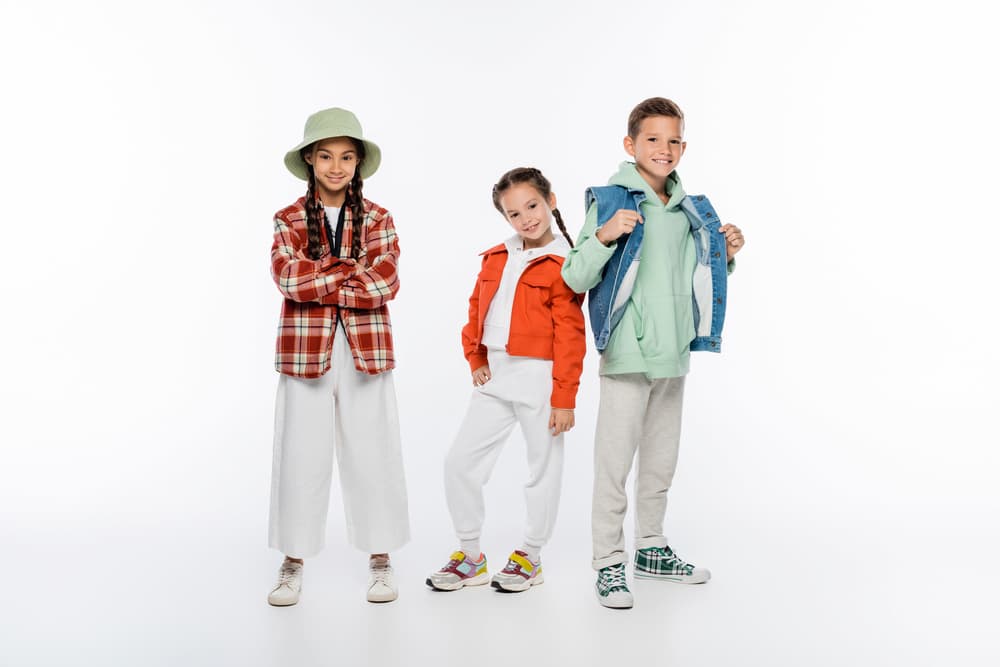
Why Sustainable Children’s Clothing?
When it comes to what kids wear, traditional fashion is not one to be underrated. It is an industry characterised by excessive water usage, reliance on fossil fuels, and rampant pollution at every turn. Sustainable options reduce these concerns, a breath of fresh air- quite literally. Most of the outfits use organic materials, therefore providing clothes without harmful chemicals that might affect a young, developing skin.
By choosing sustainable clothing, parents also promote ethical labour practices. This is not only a contribution to global efforts for fair wages and safe working conditions but also a very special educational opportunity for children. Teaching them the importance of these choices helps them develop a deep respect for sustainability and fairness from an early age.
Main features of eco-friendly children’s wear:
Eco-friendly kids’ clothing is characterised by a number of key features. At the heart of these features are organic fabrics such as cotton and bamboo or even recycled materials. Such textiles eliminate the use of pesticides and harsh chemicals, saving the planet and the child. Organic fibres also tend to be softer and more breathable, enhancing comfort.
The other hallmarked characteristic of sustainable clothes is durability: durable against wear and tear from energetic kids, they generally tend to last longer, with fewer replacements. Other than the money that is conserved from fewer replacements, it will minimise environmental waste. The possibility of recyclability is, how these fabrics easily return to the earth or get repurposed- speaks volumes about ecological friendliness.
Popular Brands Entering into Smart Kids Fashion and Sustainability
It is an exciting time in the market, with more and more brands taking up sustainability. From high-end designer labels to everyday wear for your baby, are using eco-friendly materials and focusing on ethical production. According to several sustainable fashion brand lists, parents can enjoy a plethora of choices, from high-end designers to more pocket-friendly lines.
They all have transparency down to enabling a consumer to trace where each garment comes from. Such sustainable brands mark a turning point towards a planet-friendly future and show the growth of consumer values for more eco-consciousness.
Tips for Building a Sustainable Wardrobe for Kids
Building a sustainable wardrobe for children need not be intimidatingly complex. A very practical first step could be to embrace second-hand clothing and participate in clothing swaps, therefore broadening options while reducing waste. Invest in a capsule wardrobe: a small collection of good quality, versatile pieces which can mix and match-revolutionising the way parents buy clothes. This helps prioritise items made with durable materials, serving for a lifetime and reducing frequency of purchase. Parents can lessen not only cost but also ecological impact by looking into pieces that grow with their child. Being present and aware while making specifically minimalist purchasing and prioritising quality above quantity can make this very worthwhile for both the family and the environment.
How to Get Children Interested in Sustainable Fashion
Education is an essential re-enforcer of sustainable practices in children. Parents can involve the children in decision-making, offering them a wide variety of alternatives and allowing them to choose. Craft sessions focused on creating new garments from old ones will further enhance their creativity and make this process very sustainable. Discussion of reasons for making purchasing choices and reading associated stories about environmental conservation furthers the learning and maybe even encourages these students to enjoy the same activities when they get older. Making learning fun with interaction provides long-lasting knowledge.
![[AD] We went to the newly opened Cha Sha Kingston a couple of weeks ago, and wow — taste bud adventure unlocked! The boys devoured the masala fries and chicken tikka rolls, while we couldn’t get enough of that epic kebab butter curry 😍🍛.
It’s amazing value for food this tasty (and everyone left happy and VERY full!).
Delicious food, vibrant vibes and incredible value — the perfect combo for your next meal.
📍Cha Sha Kingston
43 Surbiton Road, KT1 2HG
🌐 chasha.co.uk
Other Cha Sha locations in Birmingham, Ilford, Southampton and Wembkey
#ChaSha #ChaShaKingston #KingstonEats #FoodieFinds #UKFoodie #FoodReview #KingstonUponThames #FamilyEats #FamilyDining #FoodieKids](https://suburban-mum.com/wp-content/uploads/2016/02/574770541_18560351146016840_6855048070839528040_n-180x320.jpg)

![[AD] We’re a cricket-mad family, so we’re buzzing that @thehundred is back this August! 🏏🔥
To get ready, M tried out the official FREE Activity Pack — and it’s brilliant! 🙌
Packed with fun games, creative challenges and sporty tasks, it’s perfect for getting kids hyped whether you’re at home or on the go.
👉Download yours now (link in bio)
@londonspirit @ovalinvincibles #EveryMomentCounts #TheHundred
#EnglandCricket #CricketFamily #TheHundredCricket #LondonBloggers #Cricket #CricketIsLife #kidsfun](https://suburban-mum.com/wp-content/uploads/2022/11/505472555_18531279601016840_7092520074819907569_n-180x320.jpg)
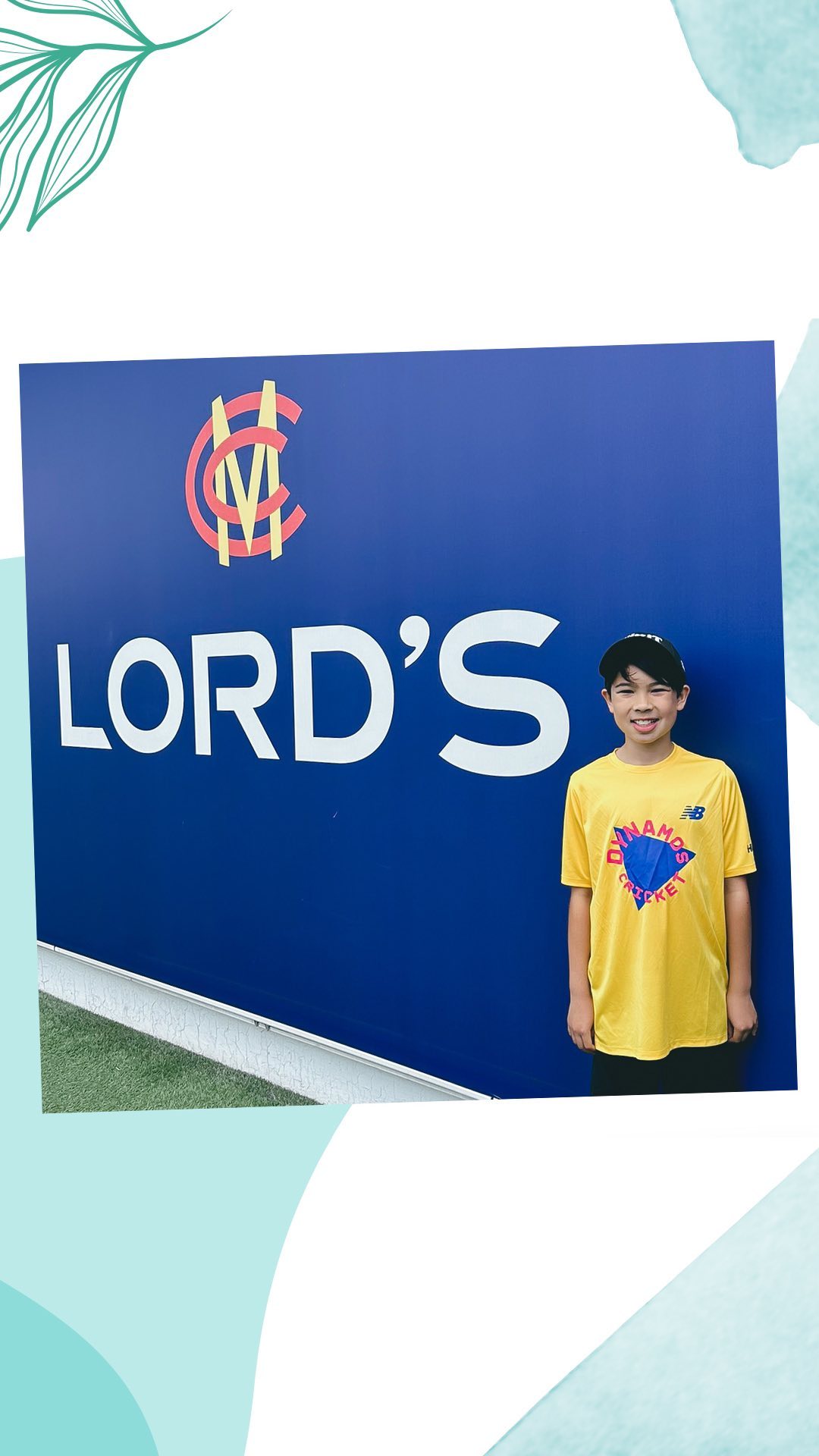
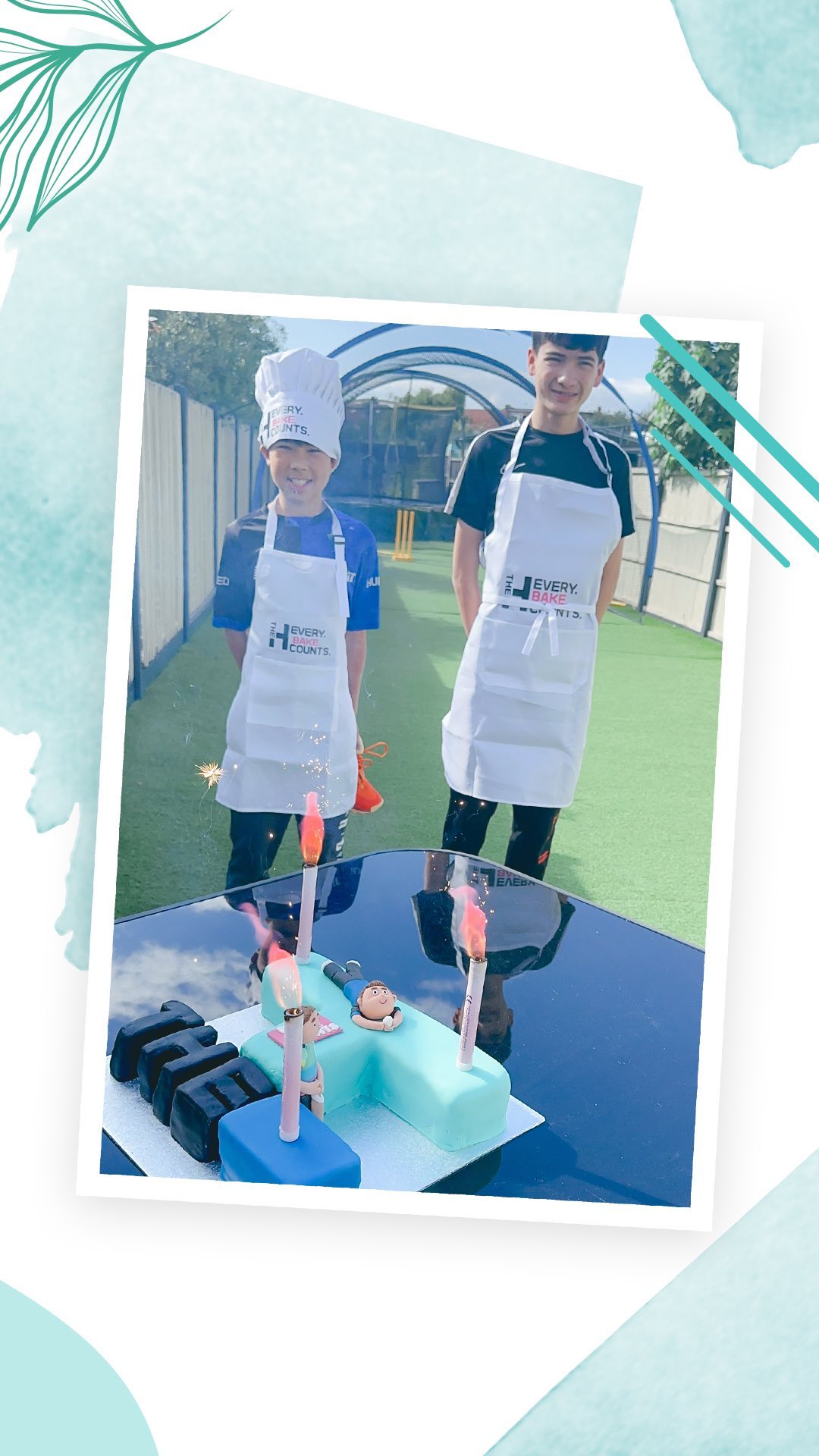
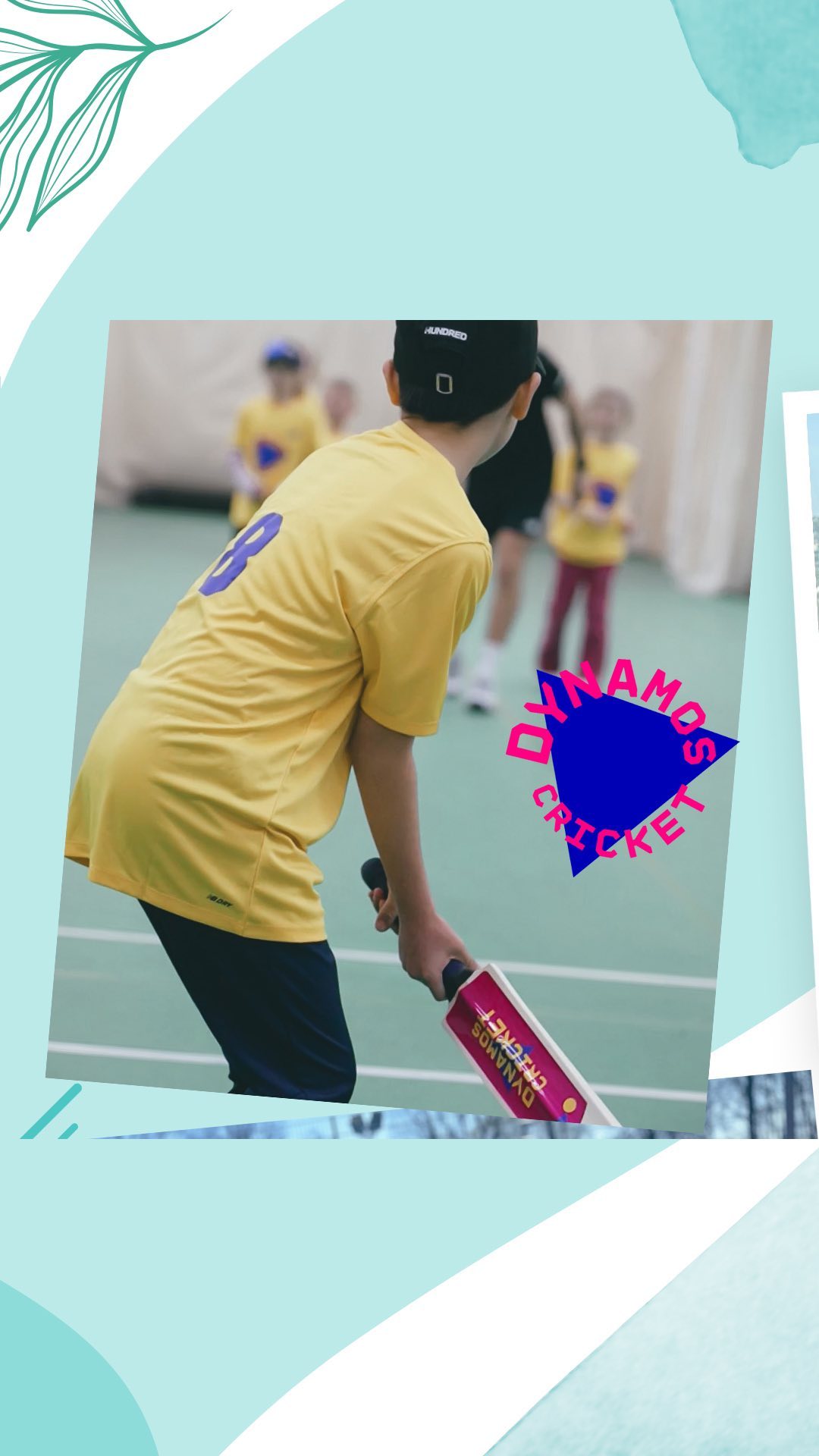
![[AD - Press visit]
We enjoyed the glorious sunshine this weekend with a trip to Brighton. We went on the @brightoni360official which is right by the sea front.
The i360 pod take a slow journey up, allowing you to take in views across Brighton and the South Downs 450ft above ground. There’s a bar inside with drinks and snacks available to purchase and the experience lasts 25 minutes.
Afterwards, we headed to the open air roller rink for a roller skating session!
The roller rink is:
⭐ Suitable for over 5s
⭐ £6.50 if you have your own skates or £9.50 if you need to hire them
⭐ 45 minutes per session
Full details to visit the i360 + skating
📍 Brighton i360, Lower Kings Road, Brighton BN1 2LN
🚗 Parking nearby (we parked in the Regency Square Car park)
🎟️ Prices start from £25.40 for an adult and £16.90 for a child
🕐 Opening hours are currently Sun-Fri 10.30am-18.30pm and until 19.30pm on Saturdays
☕️ Bar inside the i360, cafe and gift shop
Book tickets here:
https://tickets.brightoni360.co.uk/tickets/?_ga=2.195305772.1869001490.1689671753-1757164059.1689671753/#events?eventid=157](https://suburban-mum.com/wp-content/uploads/2015/04/417980235_313576471048632_3682382982231216432_n.jpg)

![[AD] ***Summer of fun at Barracudas Activity Camps!****
There is plenty for kids to do at @barracudas_activity_day_camps
From Tennis, Archery, Swimming, Motor Sports and more you can be sure that there will be something for kids aged 4.5-14. ⚽🏈🥅🎾🏓🏎️🏹🏊♂️🏉
You can book on a day by day basis - so it can fit in with any other days out/activities you have planned and there are early drop off and late pickup options available. Barracudas are also Ofsted registered so you can use your Childcare Vouchers too.
⭐⭐⭐Get £20 off a week or £4 off a day using my discount code: MARIA20⭐⭐⭐
#BarracudasActivityDayCamp #BarracudasActivityCamp #BarracudaAmbassadors #SummerHolidays #SchoolHolidays #Summer2023 #SummerCamp #DayCare #Camp #KidsCamp #surreymummy #surreymums #SummerOfFun #ActivityCamps #HolidayCamps #Childcare #SchoolHolidays #schoolholidaycamps](https://suburban-mum.com/wp-content/uploads/2024/07/353583570_625625966167953_545896259645102575_n.jpg)
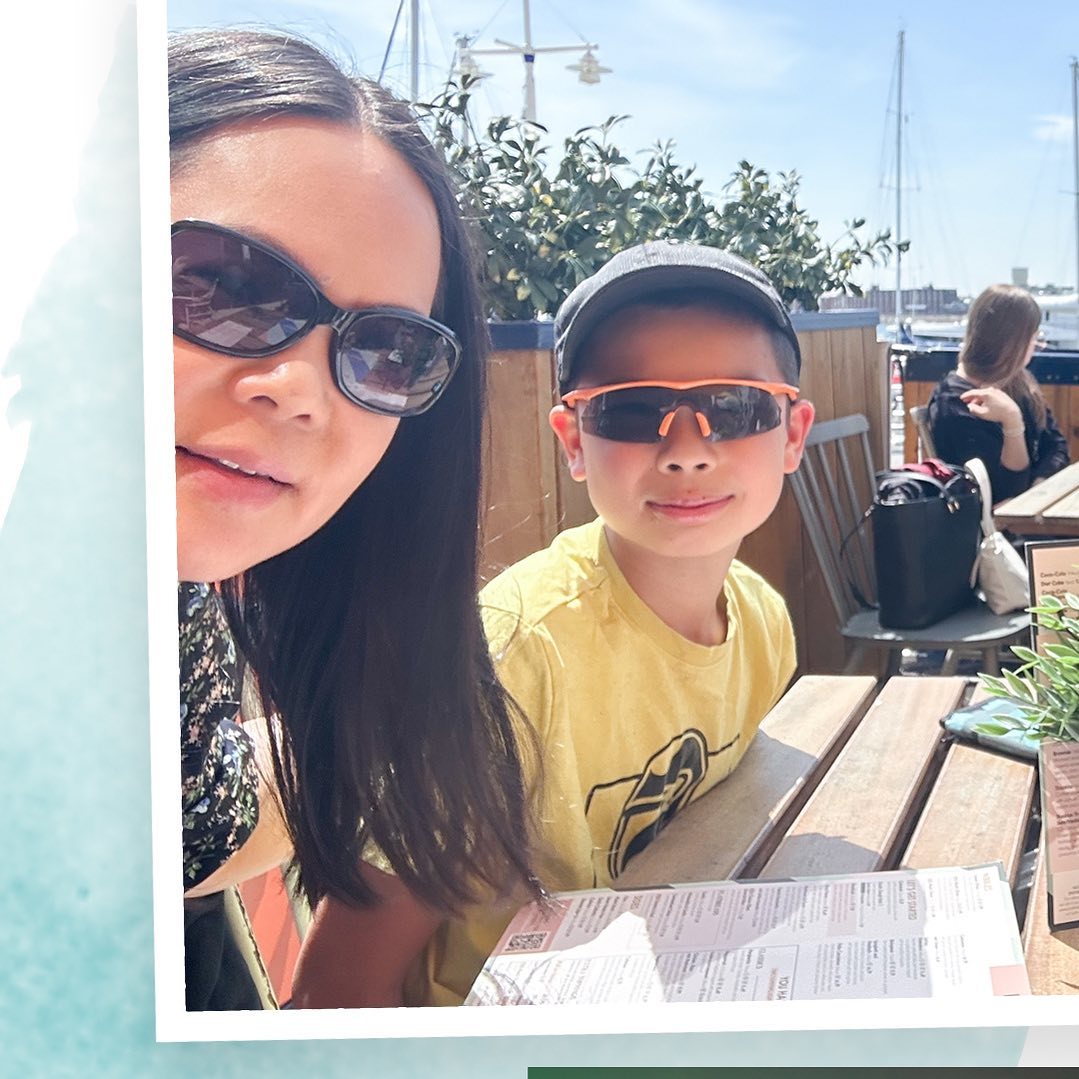
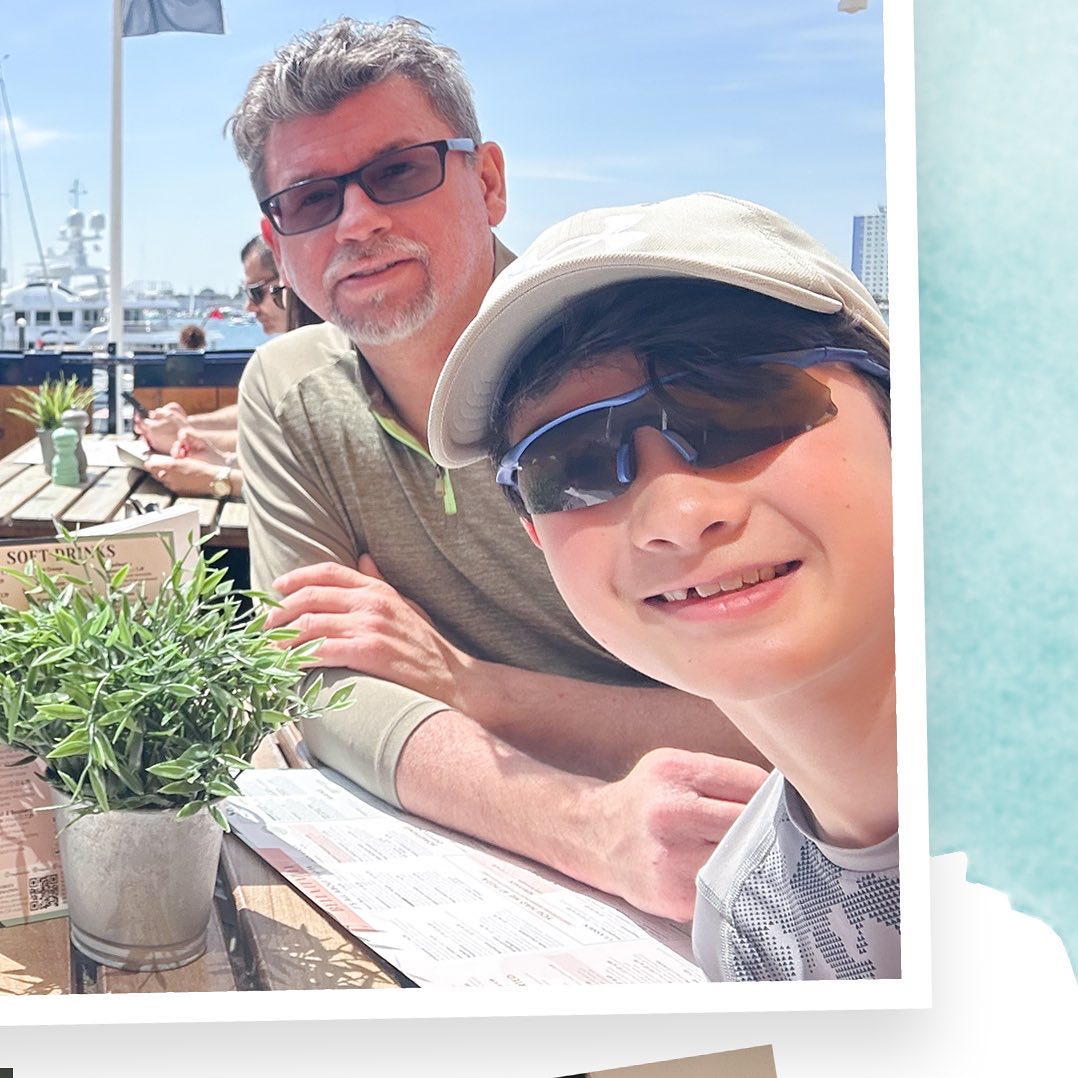

![[AD] We have some super exciting news...we have been chosen to be Laser Quest Ambassadors, and the boys are over the moon!
We are really lucky that our local Laser Quest (@laserquestkingston) is just around the corner from us. It means we can pop in of a weekend or anytime during the school holidays, and with summer just around the corner, I know Laser Quest will be one of our go-to places for some family fun.
As well as games of Laser Quest, there are also VR experiences and arcade amusements too. To find out a bit more about how Laser Quest works, you can read my blog post: https://www.suburban-mum.com/laser-quest-kingston/ (clickable link in bio)
Don't forget to keep an eye out for our Laser Quest posts - I'm going to be giving away two family passes to use at Laserquest Kingston!
If you can't wait and want to head down to Laser Quest to try it out, use the code SUMMER30 for 30% off your booking. The code is valid from now until the end of August 2023 and can be used on Laser Quest games and birthday party bookings.
#LaserquestAmbassador #Laserquest #LaserquestKingston #ActivitiesForKids #FamilyFun #DaysOutWithKids #Lasertag #LaserquestVR #Kingston #ThingsToDoInKingston #SurreyFamilyDaysOut #ThingsToDoWithKids #RainyDayFun #SurreyMummy #SurreyLife #LifeWithKids #LifeWithBoys #familyfunday](https://suburban-mum.com/wp-content/uploads/2015/04/353230107_797358078406942_2405522556733455165_n.jpg)
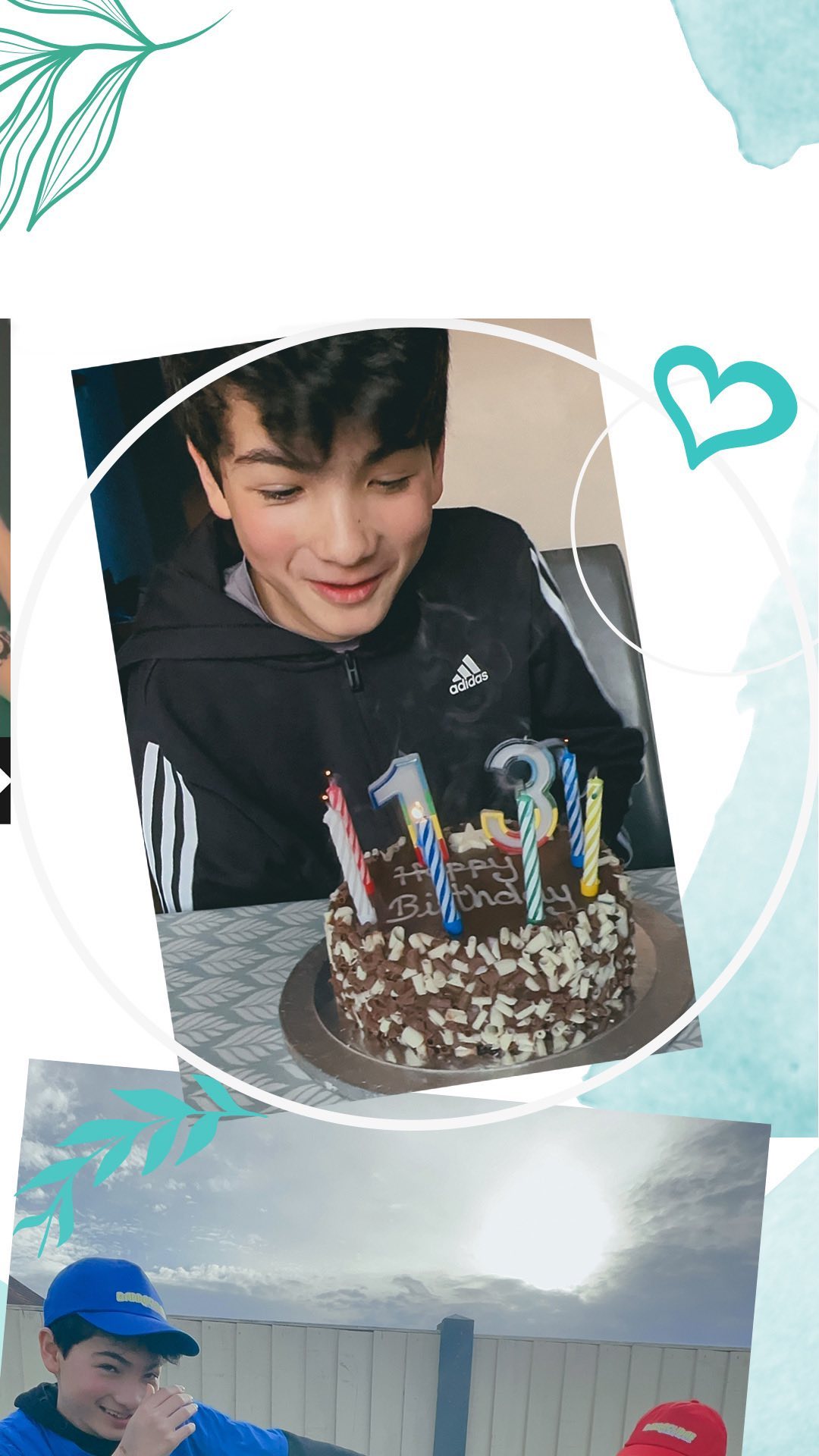
![[AD] The sun has finally made an appearance and the boys have been making the most of it by spending it
in the garden.
They’re go-to is always football and they’ve been trying to improve their aim and accuracy with the new Messi Foldable Footlball goal from the #MessiTrainingSystem range.
I love the fact the goal is foldable, making it easy to store away when not in use. It is also lightweight so you can effortlessly pack it up and take it to the park or to a friend’s house.
The Messi Foldable Football Goal retails at £36 and can be purchased from @argos
You can read my full review here: https://www.suburban-mum.com/messi-foldable-football-goal/
#TrainLikeMessi #FoldableFootballGoal #FootballSkills #OutdoorFun #LionelMessi #LeoMessi #FootballAtHome #OutdoorKids #JustGetOutside #OutdoorsAndFree #ScreenFreeKids #WhateverTheWeatherKids @flair_gp](https://suburban-mum.com/wp-content/uploads/2015/04/341194882_615024710178056_41977149395989448_n.jpg)

![[AD] We are absolutely thrilled to announce that we are Barracuda Ambassadors again this year.
With Easter just around the corner, the boys were sent the @barracudas_activity_day_camps new camp kit in preparation for the school holidays.
There’s a wide range of activities for kids aged 4.5 - 14 including Tennis, Archery, Basketball, Arts & Crafts and more.
If you like the sound of Barracudas, find out more over on their website. You can also save £20 a week or £4 a day, using my discount code: MARIA20](https://suburban-mum.com/wp-content/uploads/2024/07/336812306_765234558514317_685553691647241974_n.jpg)


![[AD - Gifted]
Last weekend we were invited to try out @tsarettaspice’s new Bottomless Brunch menu and I can tell you it was thumbs up all round!
There’s a good choice tapas on offer from Punjabi fish fingers, Indo Chinese Chicken to Spiced Lamb Scotch Eggs and Manchurian Cauliflower (which was amazing!)
If you’re local to Twickenham and fancy giving them a try here’s are the details.
Tsaretta Spice Bottomless Brunch
⭐️£37.50 per head for bottomless Prosecco or cocktail of the day
⭐️£55 per head for bottomless Champagne
⭐️ Food included: 4 tapas selections and dessert or 2 tapas selections, a pav or naanwich and dessert
⭐️ Non-alcohol brunch is also available
Tsaretta Spice
55 Church Street
Twickenham
TW1 3NR
You can also read our full review over on the blog (link in bio)](https://suburban-mum.com/wp-content/uploads/2024/07/334565436_5960402314015030_663031098700829518_n.jpg)



